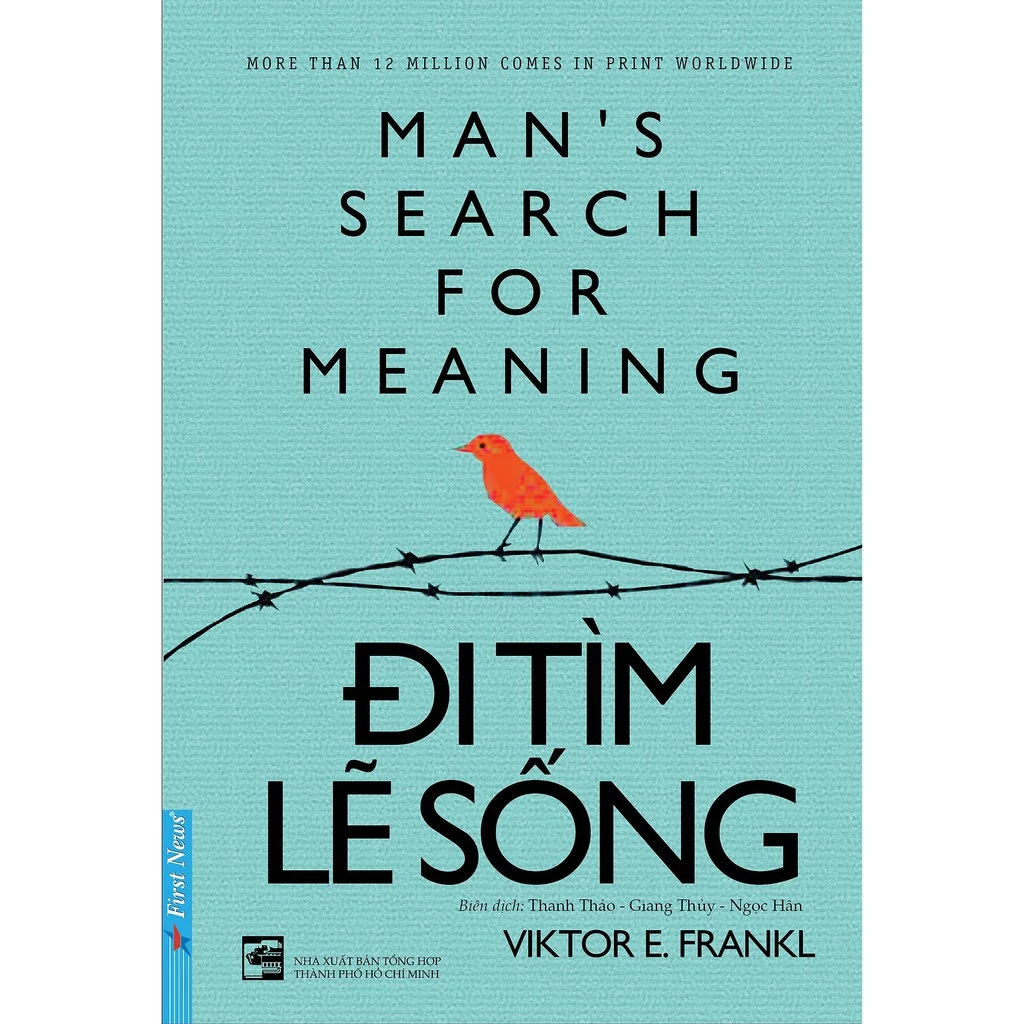Các dân tộc Iran
| Khu vực có số dân đáng kể | |
|---|---|
| Tây Á, Anatolia, Ossetia, Trung Á, Tây Nam Á và Tây Xinjiang | |
| Ngôn ngữ | |
| Các ngôn ngữ Iran thuộc Ngữ hệ Ấn-Âu | |
| Tôn giáo | |
| Chủ yều: Islam (Shia, Sunni), số ít: Christianity (Chính thống giáo, Nestoria, Protestant và Kitô), Không tôn giáo, Hỏa giáo, Do Thái giáo, Baháʼís, Uatsdin và Yazidi (Lịch sử có: Mani giáo, Phật giáo) |
Các dân tộc Iran [1] hay các dân tộc Iranic [2][3] là nhóm dân tộc ngôn ngữ Ấn-Âu đa dạng, được xác định theo việc sử dụng các ngôn ngữ Iran và các điểm tương đồng văn hóa khác.
Người Proto-Iran được cho là đã nổi lên như một nhánh riêng biệt của người Ấn-Iran ở Trung Á vào giữa thiên niên kỷ thứ 2 trước Công nguyên.[4][5]
Ở đỉnh cao của sự mở rộng vào giữa thiên niên kỷ 1 trước Công nguyên, lãnh thổ của các dân tộc Iran trải dài trên toàn bộ Thảo nguyên Á-Âu từ Đồng bằng Hungary lớn ở phía tây đến Cao nguyên Ordos ở phía đông, đến Cao nguyên Iran ở phía nam.[6]
Các đế quốc phía nam của người Iran Tây đã thống trị phần lớn thế giới cổ đại từ thế kỷ thứ 6 trước Công nguyên, để lại một di sản văn hóa quan trọng; và những người Iran Đông ở thảo nguyên đã đóng một vai trò quyết định trong sự phát triển của du mục Á-Âu và Con đường Tơ lụa.[4][7]
Các dân tộc Iran cổ đại xuất hiện sau thiên niên kỷ 1 trước Công nguyên bao gồm Alans, Bactria, Dahae, Khwarezm, Massagetae, Medes, Parthia, Persia, Sagartia, Saka, Sarmatia, Scythia, Sogdia, và có thể cả Cimmeria, trong số các dân tộc nói tiếng Iran khác ở Tây Á, Trung Á, Đông Âu và Thảo nguyên Á-Âu.
Vào thiên niên kỷ 1 sau Công nguyên, khu vực định cư của họ, chủ yếu tập trung ở thảo nguyên và sa mạc thuộc Âu-Á,[8] đã bị thu hẹp do các cuộc mở rộng của người Slav, người Đức, người Turk và người Mông Cổ, và nhiều người đã Slav hóa [9][10][11][12] hoặc Thổ Nhĩ Kỳ hóa.[13][14]
Các dân tộc Iran hiện đại bao gồm người Baloch, người Gilak, người Kurd, người Lurs, người Mazanderani, người Ossetia, người Pamiri, người Pashtun, người Persia, người Tajik, người Talysh, người Wakhi, người Yaghnobi và người Zaza.
Sự phân bố hiện tại của họ bao trùm trên Cao nguyên Iran, trải dài từ Kavkaz ở phía bắc đến Vịnh Ba Tư ở phía nam và từ Đông Thổ Nhĩ Kỳ ở phía tây đến Tây Tân Cương ở phía đông [15]. Khu vực này đôi khi được gọi là "Lục địa Văn hóa Iran", đại diện cho mức độ của những người nói tiếng Iran và ảnh hưởng đáng kể của các dân tộc Iran thông qua phạm vi địa chính trị của Đại Iran.[16]
Tham khảo
[sửa | sửa mã nguồn]- ^ Frye, R. N. IRAN v. PEOPLES OF IRAN (1) A General Survey. Quyển XIII. tr. 321–326. Truy cập ngày 22 tháng 12 năm 2020.
{{Chú thích sách}}: Đã bỏ qua tham số không rõ|encyclopedia=(trợ giúp) - ^ The Encyclopedia Americana, quyển 15, tr. 306, 1954
{{Chú thích}}:|title=trống hay bị thiếu (trợ giúp) - ^ Izady, Mehrdad R. (1992). The Kurds: A Concise Handbook. Taylor & Francis. ISBN 978-0-8448-1727-9.
- ^ a b Beckwith 2009, tr. 58–77
- ^ Mallory 1997, tr. 308–311
- ^ Harmatta 1992, tr. 348: "From the first millennium b.c., we have abundant historical, archaeological and linguistic sources for the location of the territory inhabited by the Iranian peoples. In this period the territory of the northern Iranians, they being equestrian nomads, extended over the whole zone of the steppes and the wooded steppes and even the semi-deserts from the Great Hungarian Plain to the Ordos in northern China."
- ^ Annamoradnejad, Rahimberdi; Lotfi, Sedigheh (2010). "Demographic changes of nomadic communities in Iran (1956–2008)". Asian Population Studies. 6 (3): 335–345. doi:10.1080/17441730.2010.512764. S2CID 154140533.
- ^ "A Persian view of Steppe Iranians". ResearchGate (bằng tiếng Anh). Truy cập ngày 22 tháng 12 năm 2020.
- ^ Brzezinski, Richard; Mielczarek, Mariusz (2002). The Sarmatians, 600 BC-AD 450. Osprey Publishing. tr. 39.
(...) Indeed, it is now accepted that the Sarmatians merged in with pre-Slavic populations.
- ^ Adams, Douglas Q. (1997). Encyclopedia of Indo-European Culture. Taylor & Francis. tr. 523.
(...) In their Ukrainian and Polish homeland the Slavs were intermixed and at times overlain by Germanic speakers (the Goths) and by Iranian speakers (Scythians, Sarmatians, Alans) in a shifting array of tribal and national configurations.
- ^ Atkinson, Dorothy; và đồng nghiệp (1977). Women in Russia. Stanford University Press. tr. 3.
(...) Ancient accounts link the Amazons with the Scythians and the Sarmatians, who successively dominated the south of Russia for a millennium extending back to the seventh century B.C. The descendants of these peoples were absorbed by the Slavs who came to be known as Russians.
- ^ Slovene Studies. Quyển 9–11. Society for Slovene Studies. 1987. tr. 36.
(...) For example, the ancient Scythians, Sarmatians (amongst others) and many other attested but now extinct peoples were assimilated in the course of history by Proto-Slavs.
- ^ Roy, Olivier (2007). The New Central Asia: Geopolitics and the Birth of Nations. I.B. Tauris. tr. 6. ISBN 978-1-84511-552-4.
The mass of the Oghuz who crossed the Amu Darya towards the west left the Iranian Plateau, which remained Persian and established themselves more to the west, in Anatolia. Here they divided into Ottomans, who were Sunni and settled, and Turkmens, who were nomads and in part Shiite (or, rather, Alevi). The latter were to keep the name 'Turkmen' for a long time: from the thirteenth century onwards they 'Turkised' the Iranian populations of Azerbaijan (who spoke west Iranian languages such as Tat, which is still found in residual forms), thus creating a new identity based on Shiism and the use of Turkish. These are the people today known as Azeris.
- ^ Yarshater, Ehsan (ngày 15 tháng 12 năm 1988). AZERBAIJAN vii. The Iranian Language of Azerbaijan.
{{Chú thích sách}}: Đã bỏ qua tham số không rõ|encyclopedia=(trợ giúp) - ^ Emmerick, Ronald Eric (ngày 23 tháng 2 năm 2016). Iranian languages. Truy cập ngày 22 tháng 12 năm 2020.
{{Chú thích sách}}: Đã bỏ qua tham số không rõ|encyclopedia=(trợ giúp) - ^ Frye, Richard Nelson (2005). Greater Iran. tr. xi. ISBN 978-1-56859-177-3.
(...) Iran means all lands and people where Iranian languages were and are spoken, and where in the past, multi-faceted Iranian cultures existed.
- Nguồn văn liệu
- Anthony, David W. (2007). The Horse, The Wheel, and Language: How Bronze-Age Riders From the Eurasian Steppes Shaped The Modern World. Princeton University Press.
- Banuazizi, Ali and Weiner, Myron (eds.). The State, Religion, and Ethnic Politics: Afghanistan, Iran, and Pakistan (Contemporary Issues in the Middle East), Syracuse University Press (August, 1988). ISBN 0-8156-2448-4.
- Beckwith, Christopher I. (ngày 16 tháng 3 năm 2009). Empires of the Silk Road: A History of Central Eurasia from the Bronze Age to the Present. Princeton University Press. ISBN 978-0691135892. Truy cập ngày 22 tháng 12 năm 2020.
- Canfield, Robert (ed.). Turko-Persia in Historical Perspective, Cambridge University Press, Cambridge (2002). ISBN 0-521-52291-9
- Curzon, R. The Iranian People of the Caucasus. ISBN 0-7007-0649-6.
- Derakhshani, Jahanshah. Die Arier in den nahöstlichen Quellen des 3. und 2. Jahrtausends v. Chr., 2nd edition (1999). ISBN 964-90368-6-5.
- Frye, Richard, Greater Iran, Mazda Publishers (2005). ISBN 1-56859-177-2.
- Frye, Richard. Persia, Schocken Books, Zurich (1963). ASIN B0006BYXHY.
- Harmatta, János (1992). "The Emergence of the Indo-Iranians: The Indo-Iranian Languages" (PDF). Trong Dani, A. H.; Masson, V. M. (biên tập). History of Civilizations of Central Asia: The Dawn of Civilization: Earliest Times to 700 B. C. UNESCO. tr. 346–370. ISBN 978-92-3-102719-2. Truy cập ngày 22 tháng 12 năm 2020.
- Kennedy, Hugh. The Prophet and the Age of the Caliphates, Longman, New York, NY (2004). ISBN 0-582-40525-4
- Khoury, Philip S. & Kostiner, Joseph. Tribes and State Formation in the Middle East, University of California Press (1991). ISBN 0-520-07080-1.
- Mallory, J.P. In Search of the Indo-Europeans, Thames and Hudson, London (1991). ISBN 0-500-27616-1.
- Mallory, J. P. (1997). Encyclopedia of Indo-European Culture. Taylor & Francis. ISBN 978-1884964985. Truy cập ngày 22 tháng 12 năm 2020.
- McDowall, David. A Modern History of the Kurds, I.B. Tauris, 3rd Rev edition (2004). ISBN 1-85043-416-6.
- Nassim, J. Afghanistan: A Nation of Minorities, Minority Rights Group, London (1992). ISBN 0-946690-76-6.
- Riasanovsky, Nicholas. A History of Russia, Oxford University Press, Oxford (2004). ISBN 0-19-515394-4.
- Sims-Williams, Nicholas. Indo-Iranian Languages and People, British Academy (2003). ISBN 0-19-726285-6.
- Iran Nama, (Iran Travelogue in Urdu) by Hakim Syed Zillur Rahman, Tibbi Academy, Aligarh, India (1998).
- Chopra, R. M.,"Indo-Iranian Cultural Relations Through The Ages", Iran Society, Kolkata, 2005.
- Waldman, Carl; Mason, Catherine (2006). Encyclopedia of European Peoples. Infobase Publishing. ISBN 978-1438129181. Truy cập ngày 22 tháng 12 năm 2020.
Liên kết ngoài
[sửa | sửa mã nguồn] GIẢM
25%
GIẢM
25%
 GIẢM
17%
GIẢM
17%
 GIẢM
23%
GIẢM
23%
 GIẢM
20%
GIẢM
20%
![[Review Sách] Cô thành trong gương](https://images.spiderum.com/sp-images/03619a10619a11eea9f7afd27b1edd4c.jpeg) GIẢM
9%
GIẢM
9%
 GIẢM
50%
GIẢM
50%



